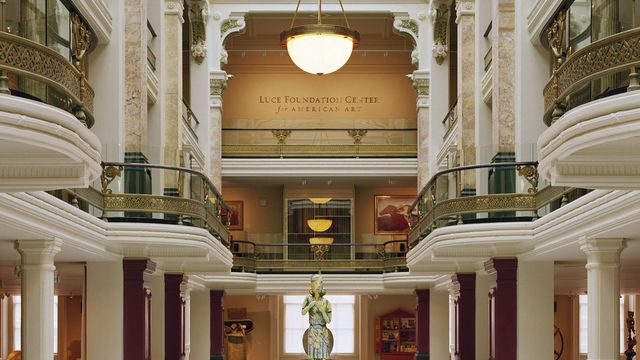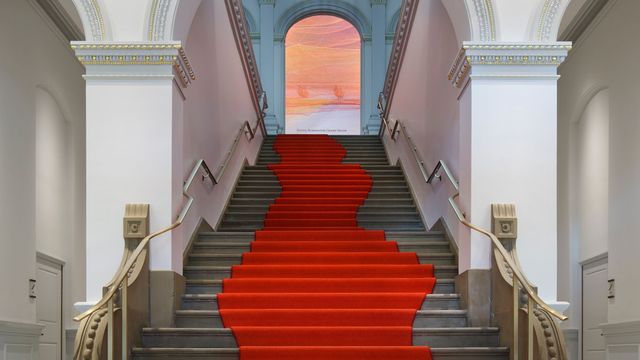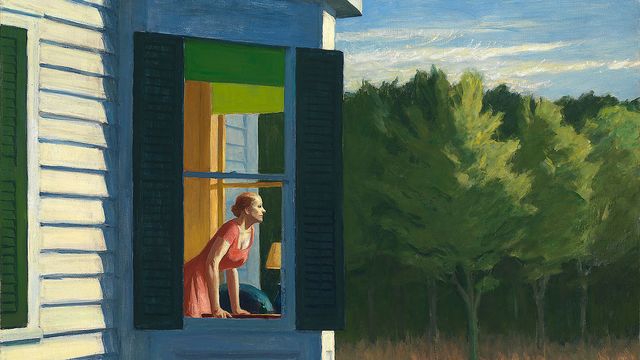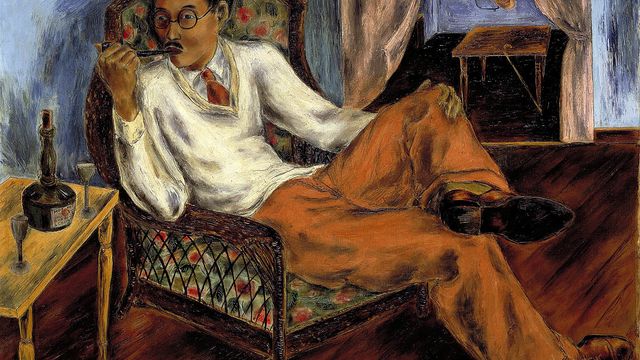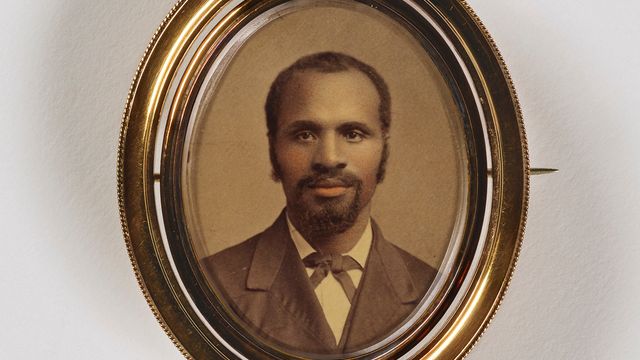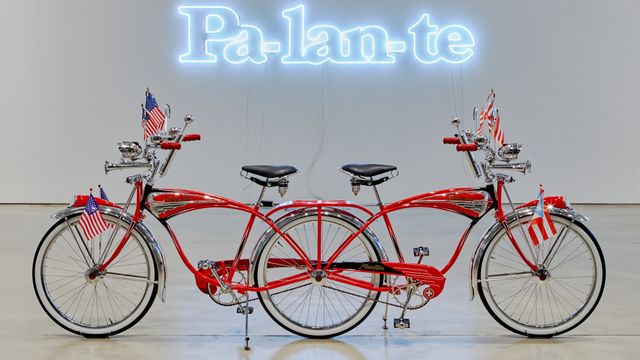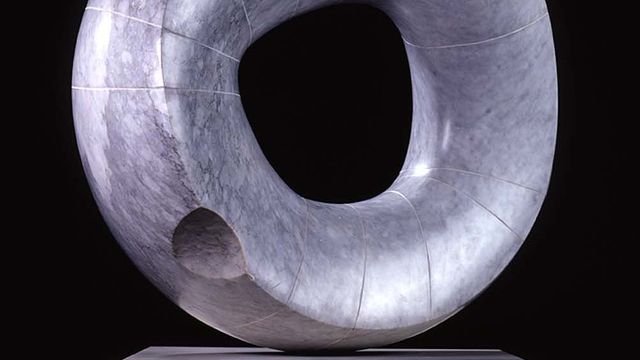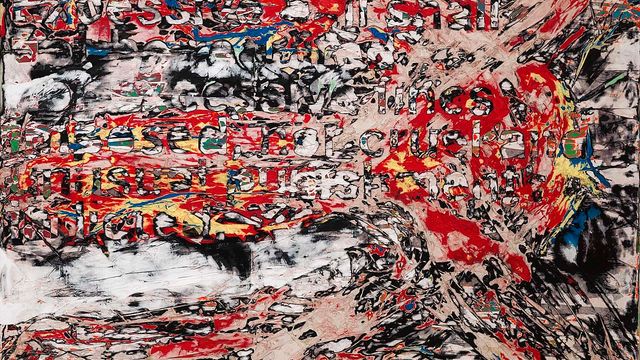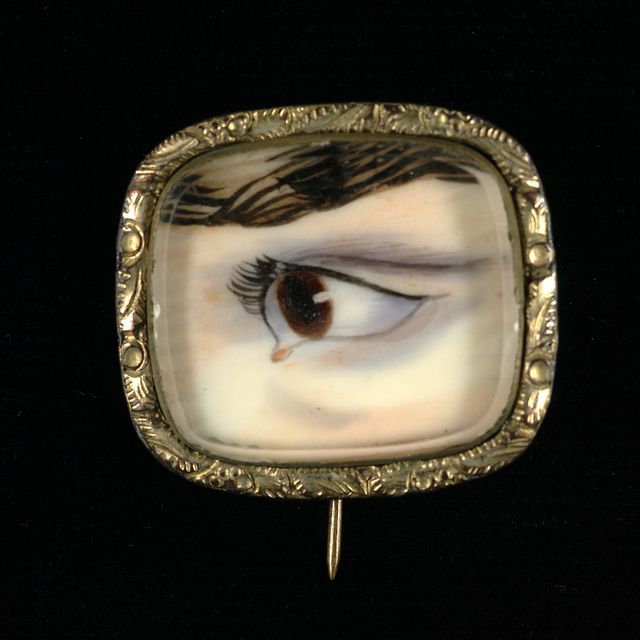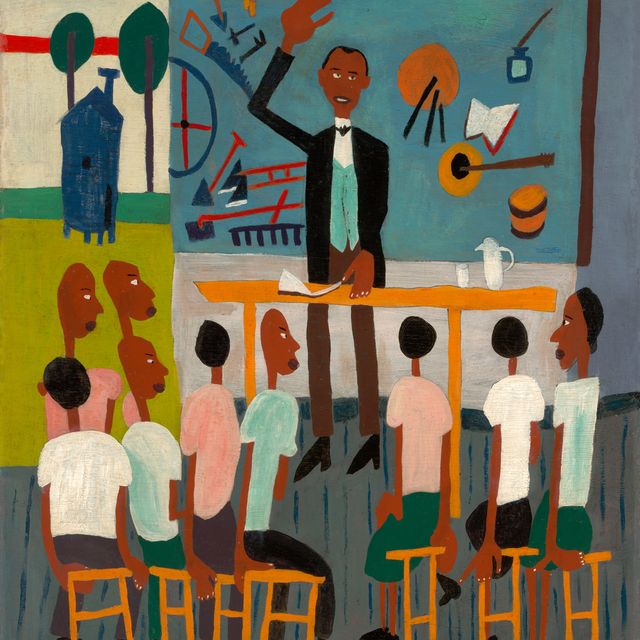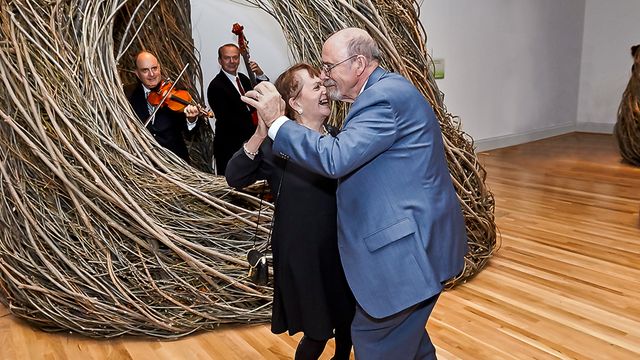Artwork Details
- Title
- Hermia and Helena
- Artist
- Date
- before 1818
- Location
- Not on view
- Dimensions
- 30 3⁄8 x 25 1⁄4 in. (77.2 x 64.2 cm.)
- Credit Line
- Museum purchase through the Smithsonian Institution Collections Acquisition Program and made possible by Ralph Cross Johnson, the Catherine Walden Myer Fund, and the National Institute
- Mediums
- Mediums Description
- oil on canvas
- Classifications
- Subjects
- Figure group — female
- Recreation — leisure — reading
- Landscape — waterfall
- Literature — Shakespeare — Midsummer Night’s Dream
- Portrait female — Hermia
- Portrait female — Helena
- Object Number
- 1990.21
Artwork Description
Like many Americans of his time, Allston was educated in the classics. He painted Hermia and Helena in England when the poet Samuel Taylor Coleridge was reviving Shakespeare's plays. A friend of Allston's, Coleridge felt that Shakespeare expressed human sentiment perfectly.
Exhibition Label, Smithsonian American Art Museum, 2006
Works by this artist (3 items)
Videos
Smithsonian American Art Museum Director Elizabeth Broun shares her thoughts about personal favorites, Hermia and Helena, from the museum collection.

